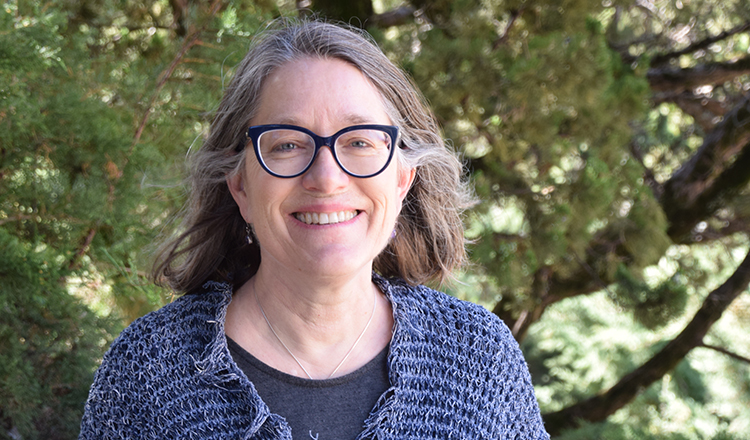Psychedelic Medicine: A New Frontier of Healing

On Saturday, April 27, the Counseling & Forensic Psychology program hosted a panel discussion entitled “Psychedelic Medicine: A New Frontier of Healing.” Featured speakers include Ismail Ali Lorido, JD, general counsel for policy and advocacy for MAPS, and Sarah Scheld, program administrator for the MAPS’ training program in psychedelics and psychotherapy.
The acronym MAPS stands for the Multidisciplinary Association of Psychedelic Studies. Located in Santa Cruz, MAPS was begun in 1986 by Dr. Rick Doblin, who remains passionate about bringing FDA approved psychedelic drugs to the masses as an evidence-based treatment for various mental health conditions, including depression, symptoms of Post-Traumatic Stress Disorder, addictive behaviors, overwhelming existential anxiety at the end of life, autism and other conditions.
Using psychedelic drugs to treat mental health disorders has a history in the US that goes back to the 1960s. While novelist Aldous Huxley was lubricating his doors of perception with mescaline, researchers like Drs. Stanislav Grof and Humphrey Osmond were using LSD, which was still legally unrestricted in the US in the 1950s and 60s, as a treatment for alcoholism, schizophrenia, and to facilitate communication between couples.
Although there were methodological problems with some of the study designs, the treatment initially showed positive results (Lattin, 2012). Then, the federal government decided that psychedelic drugs were too dangerous and corrupting to young people, and banished them to Schedule 1, the designation for drugs that have no medicinal or healing value. As a point of comparison, cannabis remains a Schedule 1 substance. At the same time as legitimate research efforts were being carried out in the US, UK, and Canada, Harvard psychologists Timothy Leary and Richard Alpert were advocating that young people tune in, turn on and drop out, a phrase that became the call to arms for the hippie generation (Lattin, 2012). It’s the connection with the hippie counterculture that firmly cemented the association between psychedelic drug use and white individuals, fitting psychedelic use into a category of its own: not necessarily legal, but not as dangerous and certainly not criminal in the way that using narcotics or cannabis was during the same period. Interestingly, at the same time, particularly in East Coast cities, heroin was becoming paired with the African-American population and moves to criminalize the use of narcotics were swift and absolute.
The motivation for bringing this panel to HNU is to address the cultural disparity between communities who have had access to and the freedom to use psychedelic drugs, and the communities that have not been afforded this same latitude. Psychedelic psychotherapy shows promise as a legitimate treatment, and one significant vector for making this treatment accessible to all communities is to train the next generation of therapists and counselors in how to practice psychedelic-assisted psychotherapy. In the CPSY program, our next generation of practitioners is primarily students of color, and we want our students to have the knowledge about this form of treatment so that, if they desire, they can obtain further training that will allow them to practice this cutting-edge treatment.
Article first appeared in the HNU CPSY Spring 2019 Newsletter